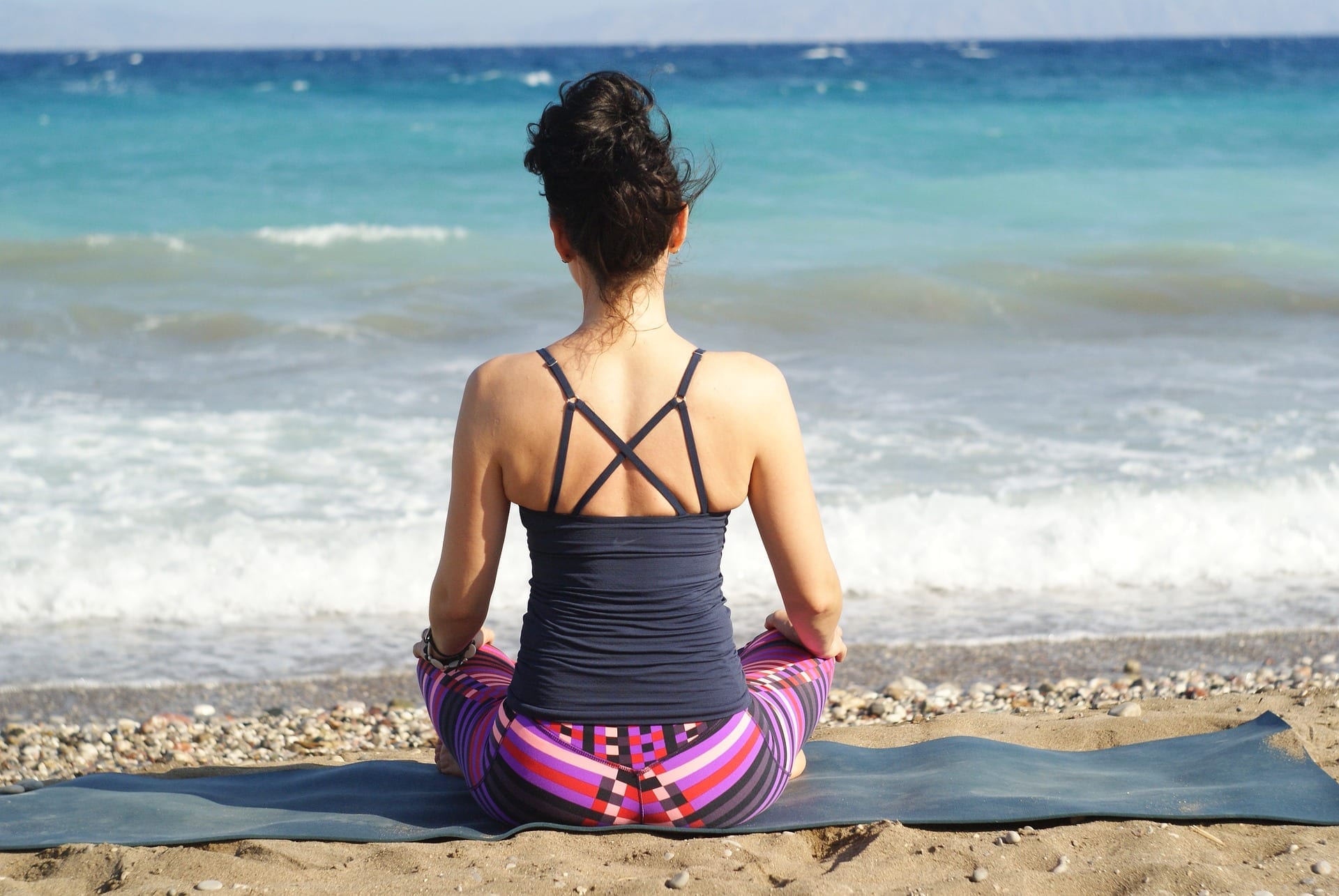What is restorative and Yin yoga?
By Melanie Kiss
Restorative and Yin yoga are different from the vinyasa flows most people encounter upon joining a yoga class. Restorative and Yin yoga may also bring forth different challenges than a vinyasa-styled session. Restorative and Yin yoga slow it down. Simple yoga poses held for long periods of time challenge the body physically, mentally and emotionally.
Restorative yoga holds poses anywhere between 3-5 minutes and a session will work on less postures than a vinyasa sequence. Restorative yoga uses props such as blocks, bolsters, blankets and straps. The main purpose is to relax and restore the body. Holding the postures for longer welcomes peace and tranquility and allows for some inner work to take place.
Yin yoga also holds the postures for a longer length of time, an average of 5 minutes. It is designed to move past muscles into connective tissues and joints. Founded by Paulie Zink, a martial arts expert and a Taoist yoga instructor, Yin yoga is based around energy. Yin yoga was designed to balance out the Yang (active) lifestyle. Since we live in a world of duality, health is about the balancing of the two extremes. The Yin and Yang.
You might think that restorative and Yin style yoga is easy then, only a small number of poses that you hold for long periods of time? I’ll take that thank you very much. But most people are surprised at the challenge of it. Those who think restorative and Yin yoga are boring or too slow paced, also have a hard time meditating. Restorative and Yin style yoga is a form of meditation. That is a big challenge for many.
When asked to sit still and think of nothing but the breath, within minutes, seconds to some, the mind starts playing. Thoughts about the day, about what you could be doing rather than sitting still, thinking of the smell that just crossed your nose and how it reminds you of one time you were….etc.
Being fully in the present moment is not an easy task. It is a practice one must frequently do in order to get better at. Holding a Yin or restorative posture is a challenge for the mind because it has fewer tasks to focus on and essentially turns your attention inwards. A scary place for many.
Holding postures can also pose physical challenges. The feelings and sensations of discomfort that arise and the labels we give them. In my classes, I like to say “find your comfort in your discomfort.” Meaning: make peace with your sensations.
Now, in no way, shape, or form am I saying to endure pain. Pain is one thing that you should not be putting your body through. Mild discomfort is different from pain and is normal as you are entering into postures that stretch the ligaments and muscles. Releasing control of the muscles can also pose a challenge.
When one engages in a posture and has time to settle into it, certain emotions may arise, especially ones we may have suppressed. Hip openers and heart openers really tend to do a number on certain people. Many people also tend to store a lot of bottled up emotions in the hips and therefore holding hip opening poses can release the contents of Pandora’s box.. Remember that our physical bodies are one with our emotional, mental and spiritual sides. One affects the other.
So before a restorative or yin yoga class, look inwards and ask yourself why you might avoid it or hesitate with spending time with yourself. In order for us to grow as individuals we must engage in challenging tasks, just as a flower has to grow through dirt.








